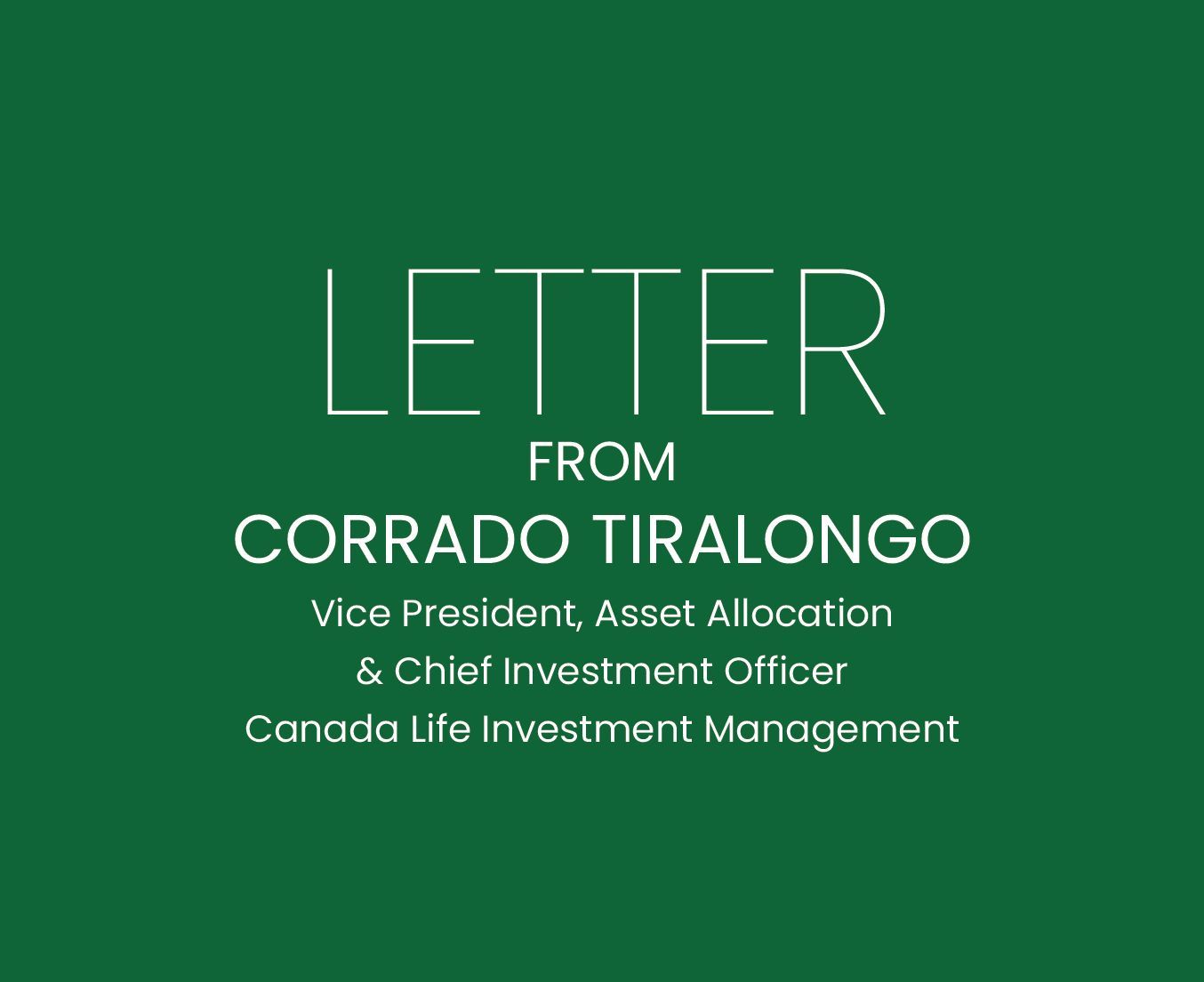Should you abandon your investment plan in these volatile times?
Investing will always involve some level of risk. No one ever knows when the market will turn. History reveals that equity markets usually recover strongly two years after a major crisis.
Table 1: Despite short-term turmoil, markets historically tend to move higher over time

Given that timing the market is always difficult, investors generally stand to lose more if they exit the market and stay out while waiting for the turn. In fact, missing the rising tide may cause more damage to their long-term investment plan.
Table 2: It’s best to stay invested

Source: Counsel Portfolio Services, Morningstar Direct. January 2022. (Based on the S&P/TSX Composite Total Return Index)
During a period of volatility it is all too easy to allow your emotions to dictate your investment decisions. To enjoy the potential for future gain, you may have to endure the pain of short-term volatility, and remain rational
through periods of turmoil.
Your investment plan has been created with your long-term financial goals in mind. So, before you make any irrational decisions, consider the following:
- Your recommended portfolio was compatible with your long-term investment objectives and time horizon when created. Has your long-term objective changed?
- Will switching to a short-term investment strategy impact your long-term financial goals?
- Has your tolerance for risk and expectation for reward changed? How will diving into a ‘hot market favourite’ impact your long-term investment strategy?
- Will changing your investment portfolio result in the narrowing of your asset class diversification, thereby lowering your long-term return potential? Will it change your tolerance level? Will a change improve your asset class diversification and improve your potential for return relative to risk?
- Will your asset class diversification strategy and globally diversified portfolio benefit your long-term investment objective?
Discuss your investment strategy with an IPC Advisor today.
Chart 1 represents performance of the Dow Jones Industrial Average through major post-war crises. The Dow Jones Industrial Average (DJIA) is generally accepted as a measure of U.S. stock market performance. Returns assume reinvestment of all distributions, and, unlike fund returns, do not reflect fees or expenses. It is not possible to invest directly in the DJIA. The original chart can be found in Contrarian Investment Strategies: The Next Generation, 1998, by David Dreman.
Investment Planning Counsel



